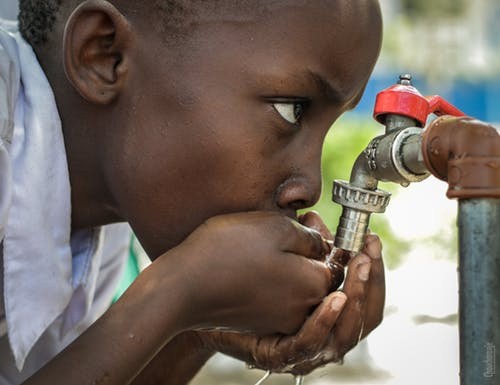
Experts revealed that due to pollution, population growth and climate change, drinking water is becoming more and more scarce. More cities are being forced to look for unconventional water sources. In a growing number of areas, drinking highly treated municipal wastewater, also called as reused water, has become the best option, and in some cases, the only option.
However, anxieties about reused water, usually heightened by sensational media coverage, have prevented numerous projects from starting. Some people are concerned that reused water is not safe and will contain more chemicals and pathogens than drinking water that is sourced from rivers or lakes. Other people are just disgusted by the thought of drinking water that has passed through drains and toilets before being treated.
There are around two billion people now that are living in countries with high water scarcity, mainly in northern and western Africa and central and southern Asia. With the global population predicted to rise from 7 billion to 10 billion in 2050, there is an estimated 70% of whom will live in urban areas. Because of this, the demand for safe drinking water is expected to rise drastically. Water demand, in general, is going to increase by at least 30% between now and 2050, according to a 2019 United Nations assessment.
What is reused water?
The reused water is highly treated wastewater. They are municipal wastewater from shops, houses, and businesses, but not from industries. They are collected, treated in sewage plants and they are discharged into lakes, rivers, and other natural water bodies. The raw water is then collected, treated again and they are used by cities and towns downstream for agriculture, drinking, landscape irrigation or industrial processes.
An alternative strategy is to treat wastewater more rigorously so that it can be used for drinking. After the water goes through the sewage plant, it is treated in a second plant, sometimes a third, using advanced chemical, physical and biological treatments. The water is then fed directly into the drinking supply system or the natural system like lakes, rivers, reservoirs or aquifers. In the latter scenario, water is extracted from the natural system, treated again and then supplied to people for drinking or other uses. In both cases, the water resulted from the process is called reused.
In a lot of places, discharges of wastewater treated in the usual way are making up an increasing proportion of river flow. Authorities are yet to consider such rivers as natural sources of freshwater. Because downstream treatment methods may not be adapted to the actual quality of the raw water, this is posing as a health risk. Treating wastewater to higher standards in a controlled environment and using it again for specific purposes can make more sense, for both health and economic reasons.
Public perception
There is opposition from locals that has stalled numerous projects that are aimed at giving people reused drinking water over the past 20 years.
The skepticism of the public over water safety is not unwarranted. In America and Canada, there are still communities that lack access to safe drinking water, they are predominantly among the low-income and minority ethnic populations. In numerous cases, drinking water is unsafe for the population, such as in Flint, Michigan and numerous cities in Canada.
However, reused drinking water currently is subject to stricter regulations, monitoring, assessments, and auditing than standard drinking water.
ALSO READ: Turning Sewage into Potable Water
© 2026 ScienceTimes.com All rights reserved. Do not reproduce without permission. The window to the world of Science Times.












